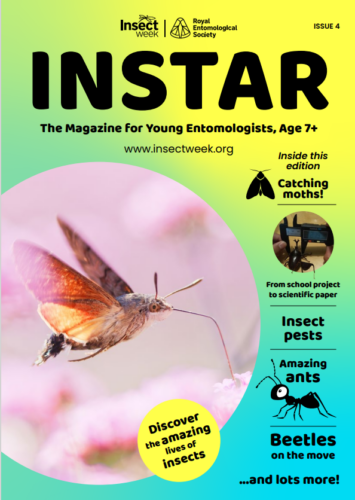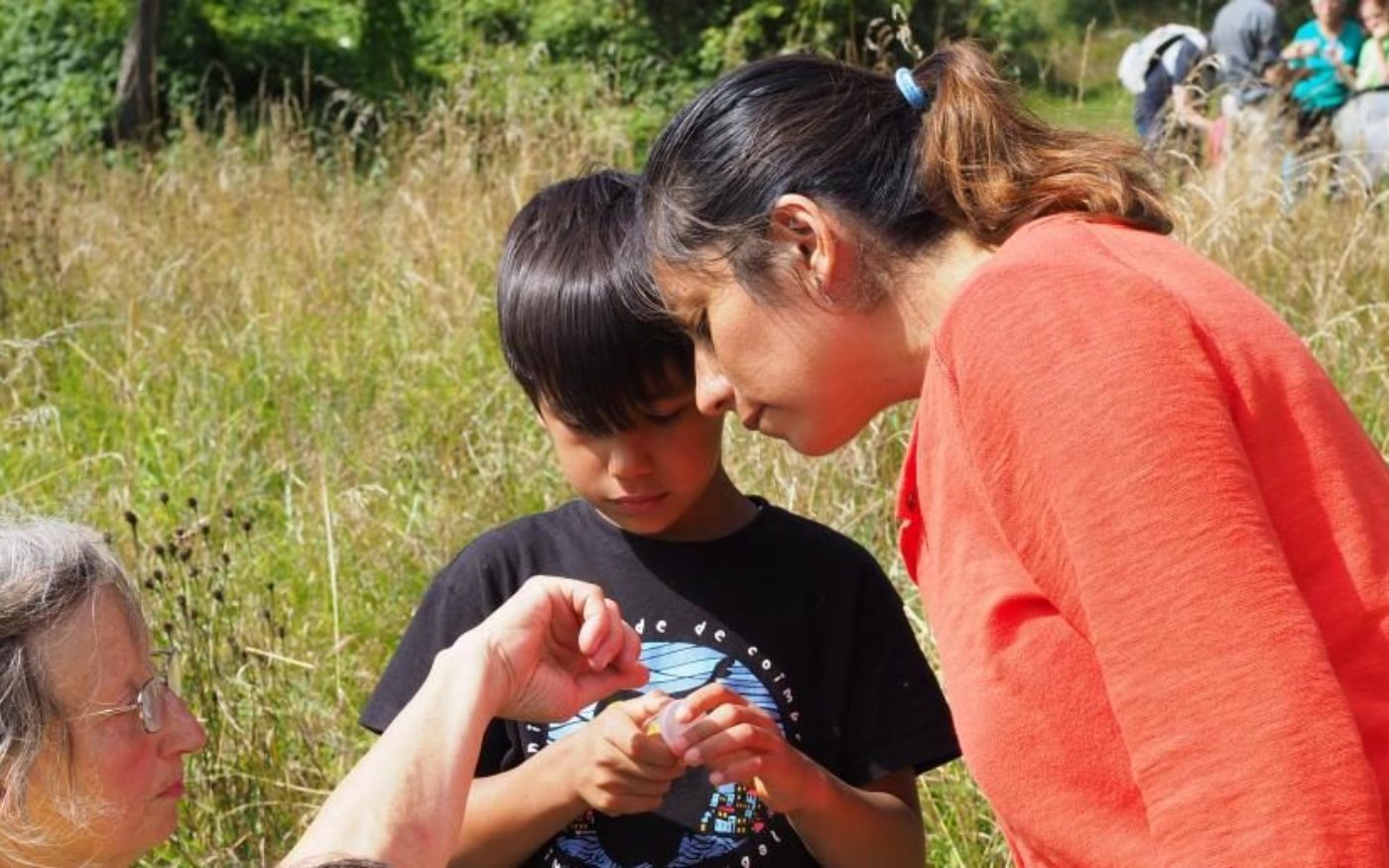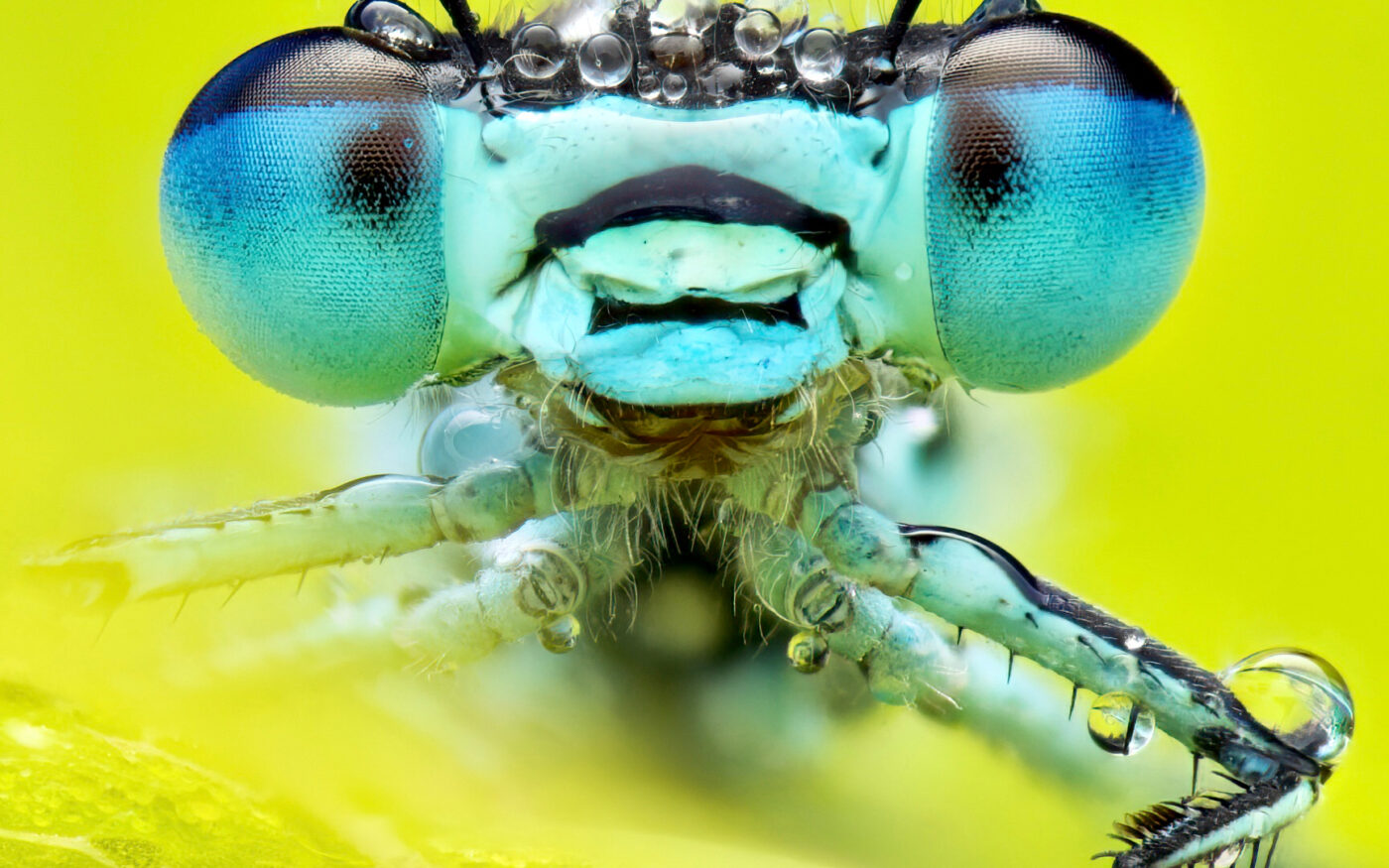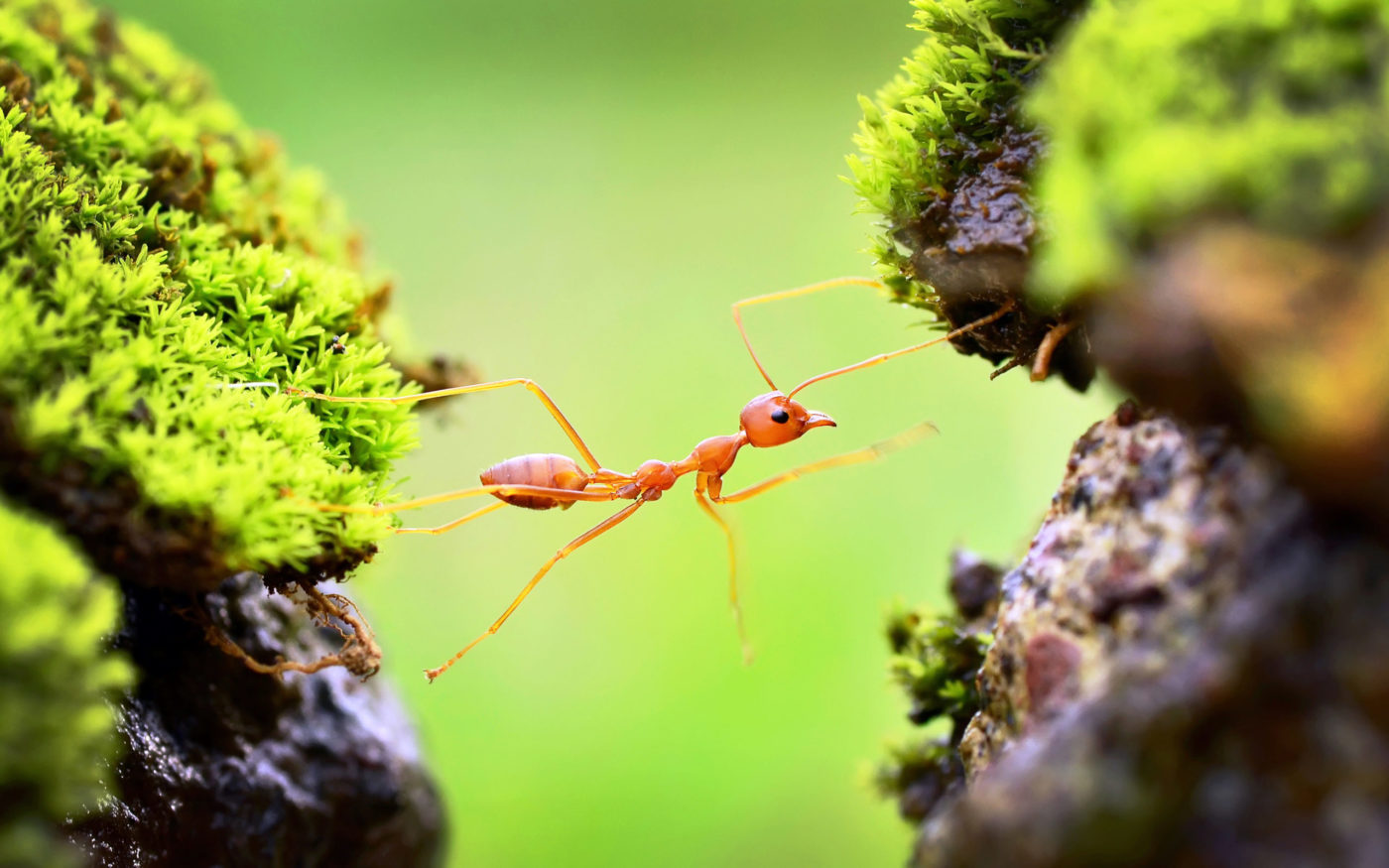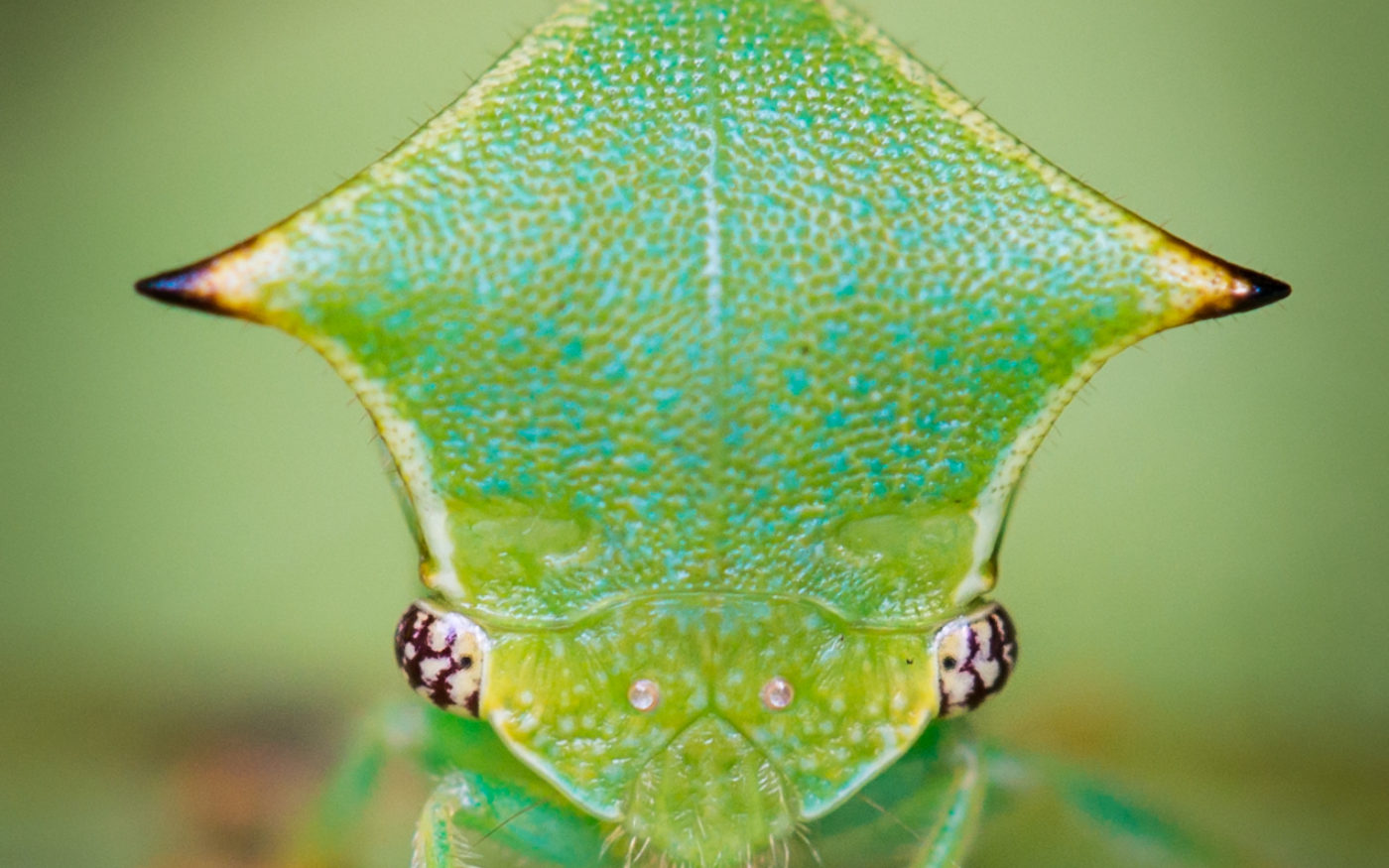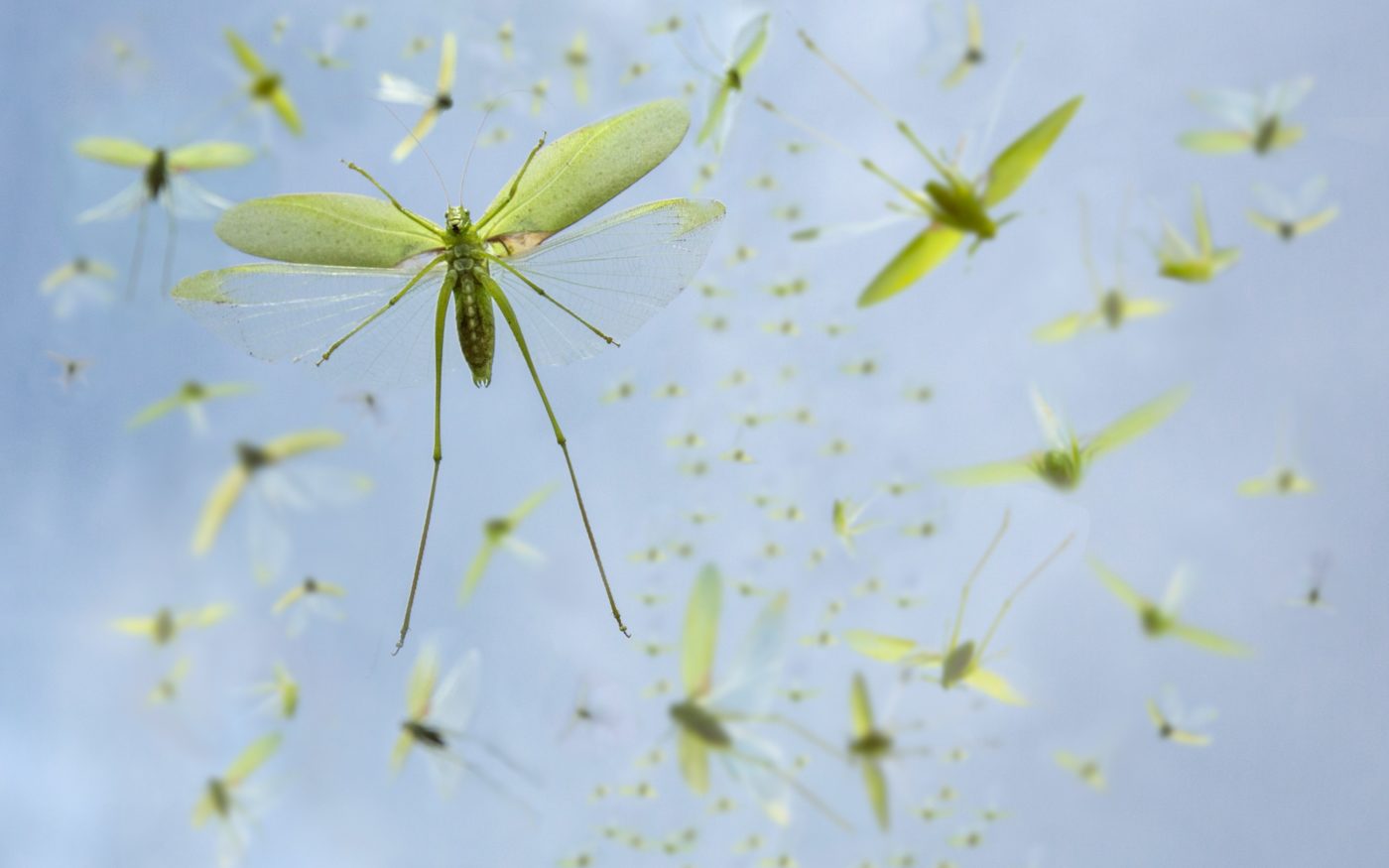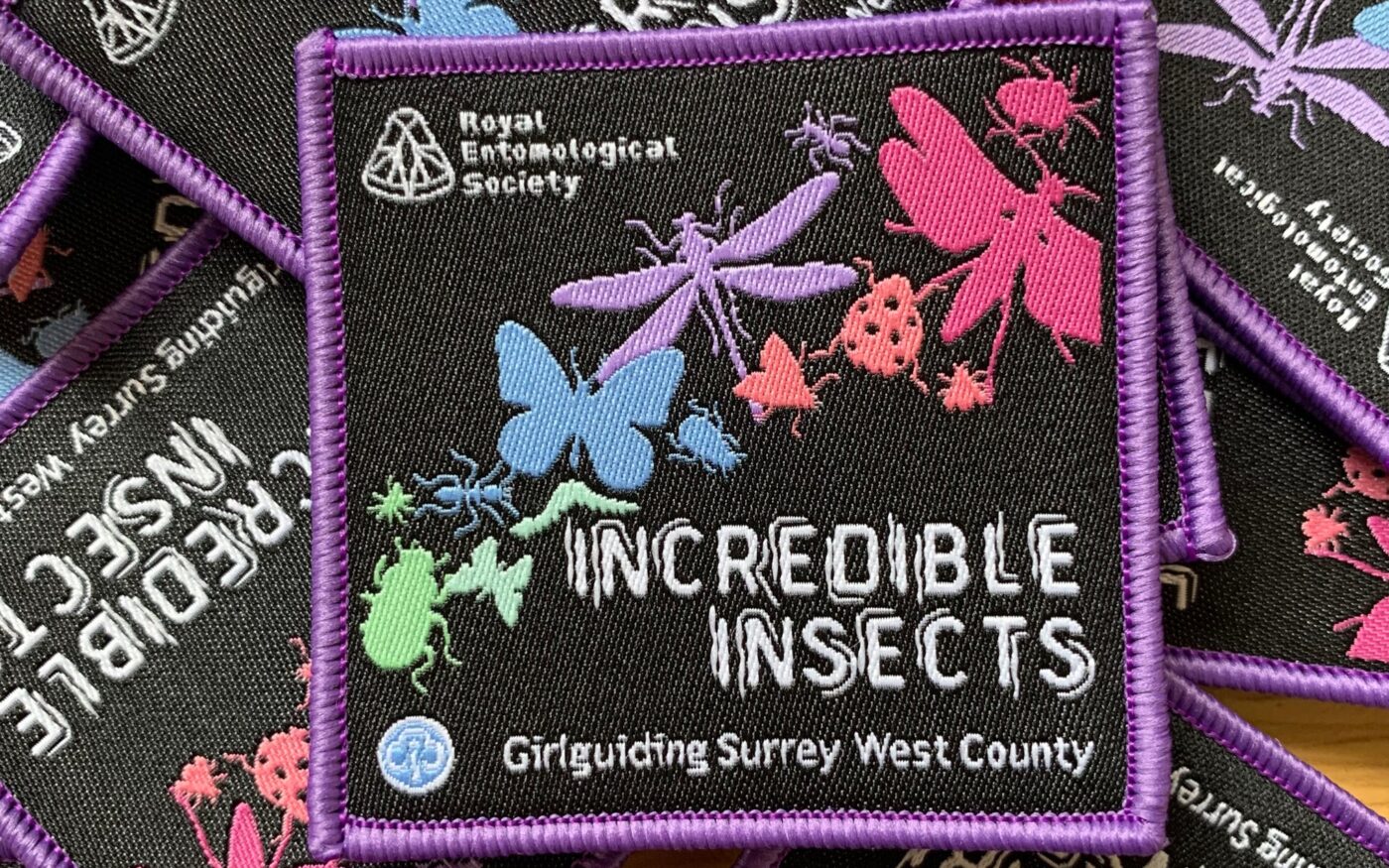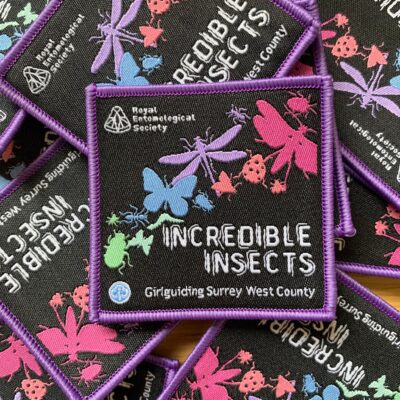A celebration of all things insect
Organised by the Royal Entomological Society, and supported by partner organisations throughout the UK and Europe, Insect Week is a celebration of all things insect.
Wherever you live, it’s an opportunity to take part in insect science, get to know insects, learn from experts, and have fun.
The next Insect Week will take place on 24 to 30 June 2024.
INSTAR – Magazine for Young Entomologists
A digital magazine for young entomologists. Find out more about insects and those people who study them.
Did you know?
Ommatidia
Dragonfly compound eyes are made of up to 30,000 separate facets or ‘ommatidia’.
Fleeting mayflies
Adult mayflies may live for only a few days and females of Dolania americana live for just a few minutes
Craftiest
Some moths evade bat echolocation by falling fast, ‘shouting’ back, sound warnings of poison and mimicking each other.

